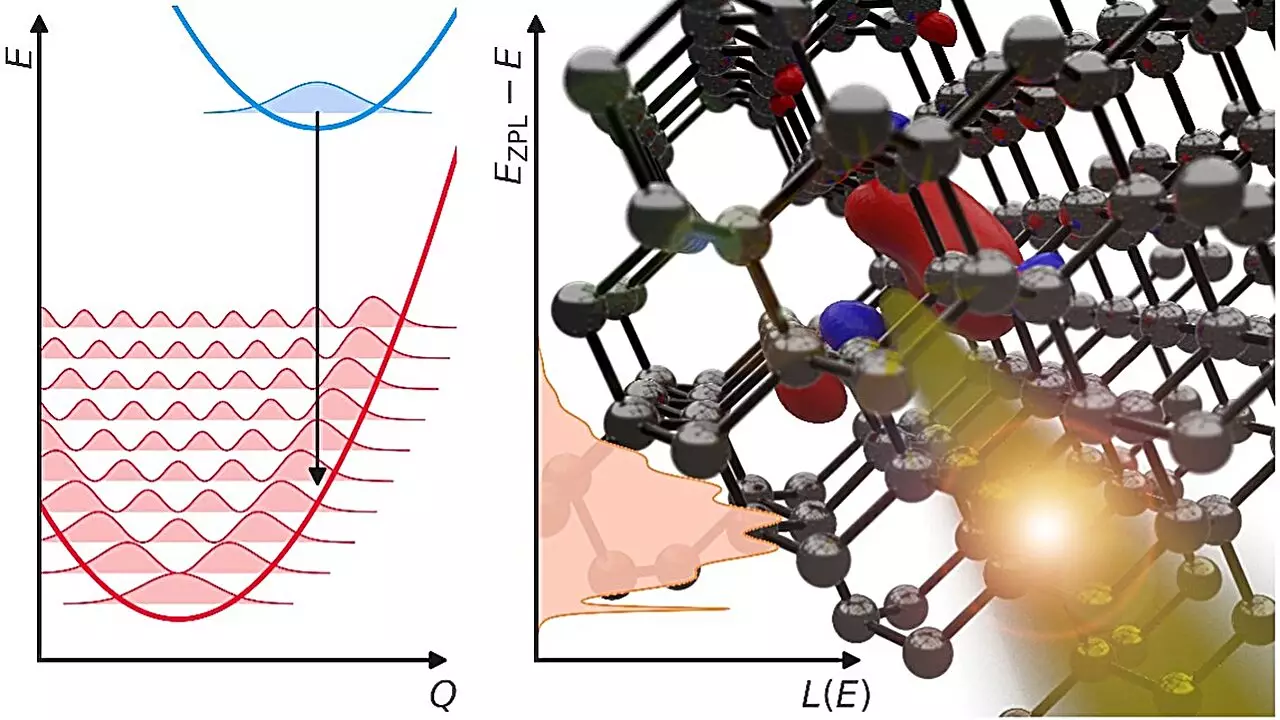In an age where digital connectivity is paramount, the future of quantum computing beckons with the promise of unprecedented processing power. Yet, one crucial question looms: how will these advanced machines effectively communicate over distances? The answer might lie not in conventional internet infrastructure, but in a revolutionary quantum internet that leverages the unique properties of photons. This emerging technology hinges on the ability to transmit quantum information without degradation, a challenge that researchers are striving to overcome.
Understanding Photons: The Building Blocks of Quantum Communication
At the heart of quantum communication are photons, the fundamental particles of light. What sets photons apart is their minimal interaction with the surrounding environment, allowing quantum information to maintain its integrity over long distances. The transmission of photons is essential for quantum networks, which rely on a delicate condition known as entanglement. This state enables two particles to be interlinked, whereby the state of one instantly influences the state of another, regardless of the distance separating them. However, as these particles traverse through the medium of optical fibers, maintaining that delicate state poses significant challenges.
Current fiber-optic technologies excel in transmitting light within specific wavelengths, primarily in the telecom band. The quest to align photon emission with these narrow bands has proven to be complex, not least because it involves identifying defects in materials that can emit photons efficiently at these wavelengths.
Innovations in Quantum Defect Engineering
A critical breakthrough in this area has emerged from the UC Santa Barbara College of Engineering. Researchers have been studying atomic-scale imperfections in crystals—often referred to as quantum defects—that can facilitate the generation of single photons. However, the efficiency of these photon emitters has been mired by the vibrations of the host atoms, which can deplete the energy needed for effective photon emission.
Professor Chris Van de Walle and his team have embarked on a comprehensive analysis of these atomic vibrations, devising theoretical models that detail their impact on photon emission. The findings from their research illustrate that as emission wavelengths extend into the infrared spectrum, commonly used in optical communication, the efficiency of photon emission can suffer drastically. The challenge remains: how to engineer these emitters to boost their performance, particularly for the vast distances required in quantum networking.
Strategic Engineering: Pathways to Enhanced Photon Emission
Advancements in the design of photon emitters hinge on meticulous engineering at the atomic scale. The researchers highlight two pivotal strategies: selecting the right host materials and manipulating their vibrational characteristics. By choosing materials that offer a more favorable environment for photon emission, scientists can mitigate energy losses caused by unwanted atomic vibrations.
Postdoctoral researcher Mark Turiansky has emphasized the potential of these methods, noting that with the right combinations, the efficiency of these quantum emitters can be significantly enhanced. Coupling these emitters to photonic cavities also presents a compelling avenue for improvement, where resonant structures could amplify the emitted light, bolstering quantum information transmission across vast distances.
Collaborative Efforts: A Multifaceted Approach to Quantum Networking
The research initiative at UC Santa Barbara is a testament to the power of collaboration in science. Integrating expertise from various disciplines—material science, computer engineering, and optics—these researchers are tackling the challenges of quantum communication from multiple angles. Contributions from computer engineering professor Galan Moody and graduate student Kamyar Parto have illustrated the need for interdisciplinary cooperation in designing efficient photon emitters.
Their collective efforts underscore a broader truth in the scientific community: tackling complex challenges, especially in the realm of quantum technology, benefits immensely from shared knowledge and multi-disciplinary approaches.
In the journey towards establishing a quantum internet, understanding and optimizing photon emissions represents a formidable frontier. As these researchers continue to innovate and refine their models, they not only pave the way for more robust quantum networks but also redefine how we think about data transmission in a quantum era. Indeed, as we venture into this brave new world, the effective integration of quantum computing with advanced communications holds the potential to revolutionize not just technology, but the very fabric of our connected lives.


Leave a Reply